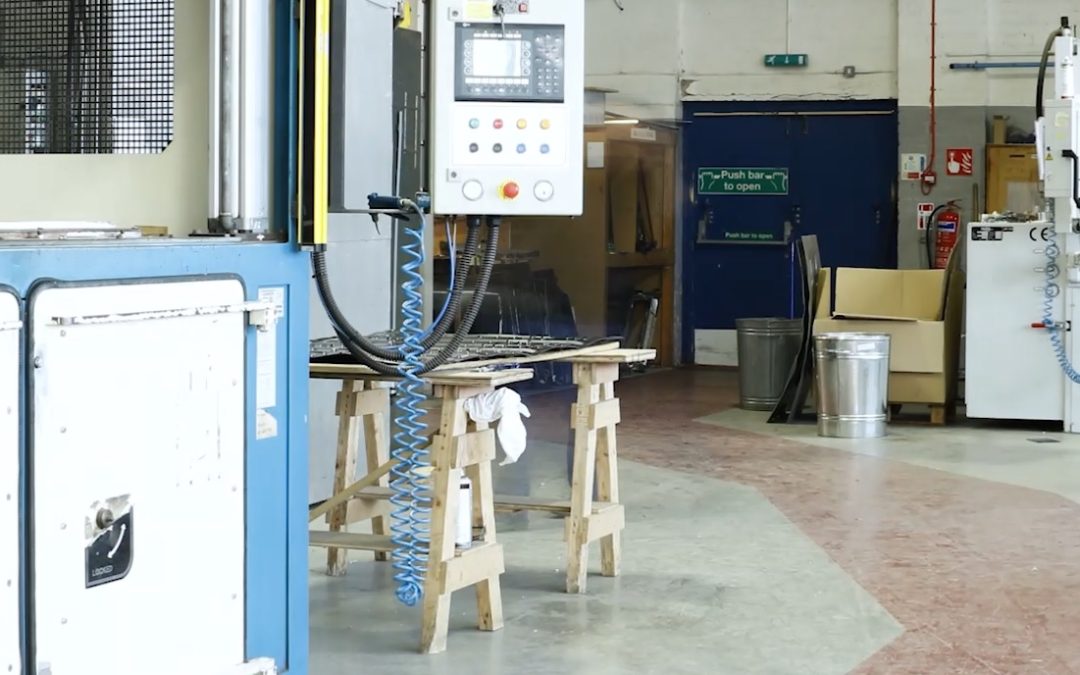It is likely that you may look for multiple estimates for your vacuum forming project. This is even more likely if it is the first such project or a large value project. But as with most things in life, you need to check that you are comparing ‘like for like’ when comparing estimates. Here’s some tips on what to look for.
1. Material
Different acrylics have different properties and it is essential that you use the correct material for the project and that this is the material that forms part of the estimate. Using cheaper material is not a problem as long as it is suitable for the part, product or component to be vacuum formed. You may opt for less expensive material because it is the most cost-effective option, or you are looking to produce an entry level product. But any material – regardless of cost – that is unsuitable is a false economy that will result in poor quality products or starting all over again. Ensure your production partner has sufficient material credibility to give you confidence. Even if you have used a certain acrylic previously challenge them to find better alternatives.
2. Tooling
If your job is relatively small, then multiple items can be formed from one sheet (depending on the size of the sheet). A vacuum forming tool that makes several parts per sheet will be more expensive than one that creates a single part, but in the long run, it should result in a lower forming cost per product as you will be getting more products per sheet with less insertions into the machine. A multi-part tool should also mean less machine time and a quicker job. Check if each former has quoted the same number of parts per sheet, or whether it’s worth increasing.
If you are having a tool made for your job, ensure that you check if you will own the tool outright and if it will be kept exclusively for your future jobs, or used for other customers. If you do get to own the tool outright on completion of the job, are there any contractual obligations for minimum annual order quantity or a cost for tool storage?
3. Finishing
Almost all vacuum formed products require some form of finishing. Firstly you need to see if the finishing has been included in the cost, and that is the most effective form of finishing in terms of cost, turnaround, precision, quality etc. Find out who will finish the project: if it is contracted-out that may raise issues of quality, completion time etc
4. Other services
Check to see if the company can offer additional services that might help with the project. Design and CAD services can help refine the part to make production more cost-effective. Inhouse warehousing, collation and distribution can reduce the need for further 3rd parties and reduce production timeline.
5. Confidence
Perhaps the most important aspect of any estimate – regardless of cost – is the customers’ confidence in what is included in the cost. Do they believe the company will do the job at the spec stated at the price quoted? Check not just the company’s website but review sites, social media etc to gain full confidence in their expertise. Look out for testimonials, especially for projects in your sector etc. Look out for any quality certifications, membership of trade organisations, etc.


